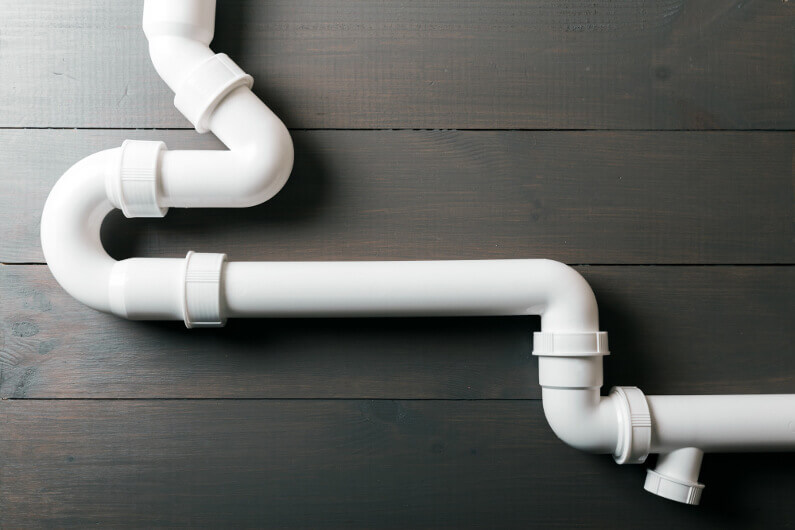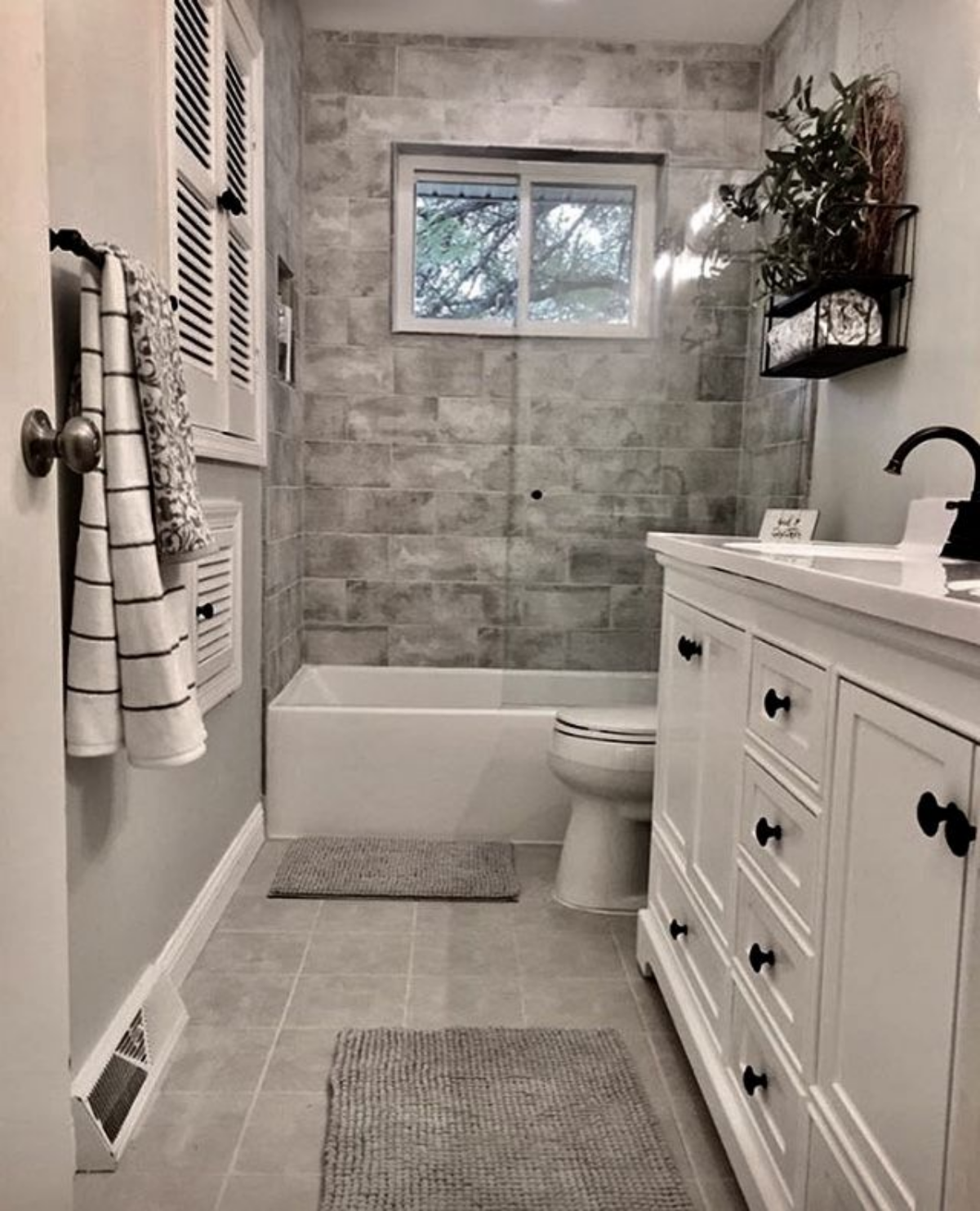The Benefits of Proper Ventilation in Your Plumbing System
The Benefits of Proper Ventilation in Your Plumbing System
Blog Article
We have come across the article about Essential Plumbing Vent Pipes: Understanding Their Role down the page on the net and reckoned it made perfect sense to relate it with you over here.

Correct ventilation in pipes systems is often forgotten, yet it is critical for keeping the capability and security of your home's plumbing. Ventilation assists manage atmospheric pressure, avoid the buildup of unsafe gases, and guarantee the effective removal of waste. In this overview, we will certainly explore the relevance of correct plumbing ventilation, exactly how it works, and the benefits it gives your plumbing system.
Understanding Ventilation in Plumbing
Ventilation in plumbing refers to the network of pipelines that enable air to stream with the drain system. These vents serve several objectives, consisting of controling atmospheric pressure within the pipes, preventing drain gases from going into the home, and assisting in the smooth flow of wastewater.
Just How Air Flow Functions in Pipes Solutions
Atmospheric Pressure Guideline
Appropriate ventilation maintains balanced air pressure within the plumbing system. When water moves with pipelines, it displaces air. Without ample air flow, this displacement can develop unfavorable stress, bring about reduce drains pipes or siphoning of water from catches, which can cause undesirable odors to seep right into the home.
Avoiding Drain Gas Build-up
Among the most essential functions of pipes vents is to avoid sewage system gases, such as methane and hydrogen sulfide, from building up within the home. These gases can present severe wellness risks and are extremely flammable. Vent pipelines enable these gases to escape securely outdoors.
Assisting in Waste Removal
Ventilation assists in the reliable elimination of wastewater by avoiding airlocks in the drainage system. When air can move easily through the vents, it allows water and waste to stream efficiently through the pipelines, lowering the threat of blockages and back-ups.
Kinds Of Plumbing Vents
Key Stack Vent
The major pile vent, likewise referred to as the air vent stack, is the primary air vent in a plumbing system. It expands from the main drain line up via the roofing, allowing gases to run away and fresh air to enter the system.
Branch Vent
Branch vents attach to the main pile vent and offer individual fixtures, such as sinks, toilets, and showers. These vents make sure that each fixture has ample ventilation to work appropriately.
Air Admission Shutoff (AAV).
An Air Admittance Valve (AAV) is a one-way shutoff that enables air to get in the pipes system without the need for a traditional vent pipe extending through the roofing system. AAVs are frequently utilized in improvements or locations where mounting a basic air vent is not practical.
Signs of Poor Ventilation in Pipes.
Slow Draining Fixtures.
If your sinks, tubs, or toilets are draining pipes gradually, it could be an indication of poor ventilation. Insufficient air flow can create a vacuum cleaner result, making it tough for water to drain properly.
Gurgling Appears.
Gurgling noises coming from drains are frequently an outcome of air being sucked through water catches as a result of negative stress in the pipes. This is a clear indicator of insufficient ventilation.
Unpleasant Odors.
Sewage system smells inside your home are a warning that your pipes system is not effectively aerated. This could imply that sewer gases are not being appropriately vented outside, resulting in possibly unsafe problems.
Usual Air Flow Errors.
Insufficient Vent Sizing.
Using undersized air vent pipelines can bring about inadequate air circulation and stress inequalities in the system. It's vital to make use of vents that satisfy the particular demands of your plumbing system.
Improper Vent Placement.
Putting vents also much from the components they serve can lower their efficiency. Appropriate positioning guarantees that air can flow freely and successfully with the system.
Ignoring Code Demands.
Building codes give particular standards for plumbing air flow. Overlooking these codes can lead to a system that falls short to function properly and may bring about pricey repair work or carcinogen.
Benefits of Appropriate Ventilation.
Boosted System Effectiveness.
Appropriately ventilated pipes systems run a lot more successfully, with less clogs, faster draining pipes, and less stress on the pipes. This efficiency extends the life-span of the pipes system.
Improved Air Top Quality.
By protecting against sewer gases from entering your home, proper air flow contributes to better interior air quality, making your living setting healthier and a lot more comfy.
Protecting Against Water Damages.
Adequate air flow aids prevent water from being siphoned out of catches, which can bring about sewage system gases going into the home and triggering water damage over time.
Steps to Make Sure Appropriate Ventilation.
Consulting Plumbing Codes.
Always speak with neighborhood plumbing codes when making or customizing your pipes system. These codes supply the necessary standards for proper venting and guarantee your system satisfies security standards.
Normal Assessment and Upkeep.
Regular examinations can aid determine prospective ventilation concerns prior to they become significant problems. Maintenance tasks, such as cleansing vent pipelines and looking for clogs, are important for keeping the system in good working order.
Expert Setup.
For brand-new installments or major alterations, it's important to employ an expert plumbing technician. They have the proficiency to ensure the air flow system is appropriately made and set up according to code.
Conclusion.
Proper ventilation is a crucial component of any kind of pipes system, guaranteeing that it works efficiently and safely. By recognizing the relevance of ventilation, identifying the indications of bad ventilation, and taking actions to keep your system, you can stop costly problems and shield your home's air top quality.
4 Things You Should Know About Your Plumbing Vents
What Plumbing Vents Are
Also called a vent stack, a plumbing vent is a vertical pipe attached to your drain line that runs through your roof. The plumbing vent pipe, or plumbing air vent, removes gas and odors from your plumbing system and allows fresh air to enter the pipes, helping the water to flow out of the drain pipes.
What Plumbing Vents Do
Plumbing vents have two basic functions. One of which is to allow unpleasant smelling wastewater and sewer gasses to escape your plumbing system instead of entering your home. Plumbing vent pipes are typically located on roofs, away from windows, to ensure the fumes exit the home completely.
The other function of the plumbing vent is to move fresh air into your plumbing system. This helps move water through every plumbing fixture in your house, like toilets and sink drains. Think of the way in which you need to let a little air into the bottle as you pour soda in order to make the drink flow smoothly.
Different Types of Plumbing Vents
True vent: This is the most common vent option. In simplest terms, a true vent is a vertical pipe attached to your drain line that exits through the roof. They often function as the main vent that other fixtures can connect to. Re-vent pipe or auxiliary vent: Attached to the drain line near specific plumbing fixtures, re-vent pipes run up and over to connect to the main vent. Common vent: Two plumbing fixtures installed on opposite sides of a wall are typically tied into the vent stack using something known as a sanitary cross. Wet vent: This venting option operates as a drain pipe and a vent at the same time. Wet vent drainage systems drain water from one fixture while venting the air from another. Although they’ve been used for over 100 years, wet vent systems have only recently been added to the plumbing code in many areas. If you’re planning on installing one in a bathroom remodel, make sure you check your local code prior to construction. Loop vent: For free-standing fixtures like kitchen island sinks, loop vents are ideal. These vent pipes run under the floor, rise from the P-trap, and create a loop inside the cabinet sink. Air admittance valve: An AAV is a one-way mechanical valve typically installed at the site of the plumbing fixture. AAVs allow venting to occur without having to tie into a larger venting system. They’re ideal for venting fixtures where you aren’t able to easily connect to an existing vent system. Common Plumbing Vent Issues
Although vent pipes typically don’t have water flowing through them, they’re still subject to many typical plumbing issues. For example, clogs are one of the most common problems associated with sewer vent pipes. If your vent pipe gets clogged, all of your plumbing fixtures tied into the vent stack will be affected.
A sink with a slow drain that bubbles and gurgles or a strong sewage smell around your toilet are both indicators that your toilet vent pipe is clogged. Because most vent pipes exit through the roof, old leaves, twigs or even a bird’s nest could be clogging the pipe.
Clogs in your vent pipe system cause a buildup of negative pressure, meaning that water won’t be able to flow out of your home very well. It’s similar to putting your finger over the opening of a straw to trap water inside. When you remove your finger, the water is able to flow out of the straw.
If you suspect you have any blockage in your vent, make sure you have a professional come examine the situation. Left unchecked, a blocked air vent can lead to other costly repairs, like leaks and sediment buildup.
Under Pressure
Pipe vents are essential aspects of a home’s plumbing system. Owning a home means learning about all sorts of things you never put much thought into before. But by understanding as much as you can about the important systems of your home, you can keep those budgets intact and those anxiety levels low.
https://www.homeserve.com/en-us/blog/home-improvement/plumbing-vents/

As an avid person who reads on The Upsides of Proper Ventilation in Plumbing Design, I figured sharing that post was mandatory. Loved our write up? Please quickly share it. Help others find it. Kudos for being here. Revisit us soon.
Go Deal Report this page